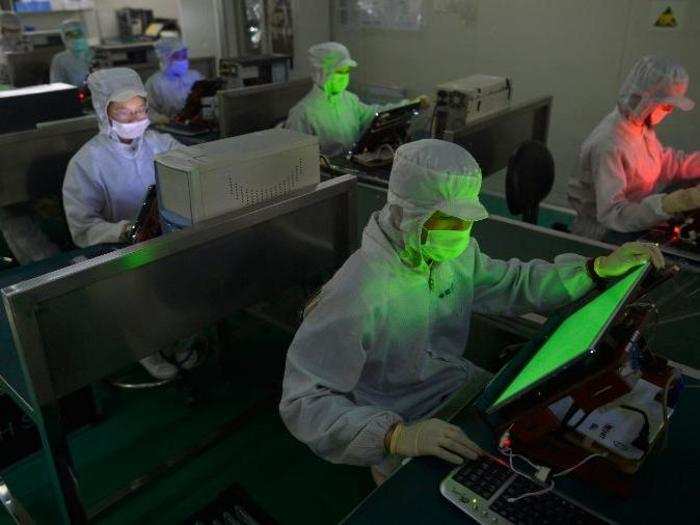- Home
- slideshows
- miscellaneous
- 'This is more than just a landing': Why China's mission at the far side of the moon should be a wake-up call for the world
'This is more than just a landing': Why China's mission at the far side of the moon should be a wake-up call for the world
Early in the morning on December 8, 2018, a Chinese rocket launched with Chang'e 4: the first mission ever to touch the far side of the moon.

Lunar satellites and NASA astronauts had photographed the far side, but until January 3, 2019, no spacecraft had ever landed there.
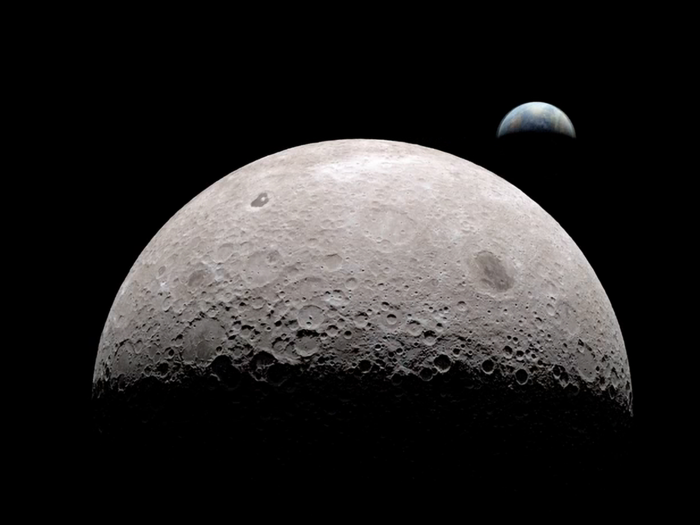
Source: Business Insider
"Chang'e" is the name of a mythical lunar goddess, and '4" signifies the mission is one of several over the past decade. The previous robotic moon landing, called Chang'e 3, put a rover called Yutu or "Jade Rabbit" on the lunar surface in December 2013.
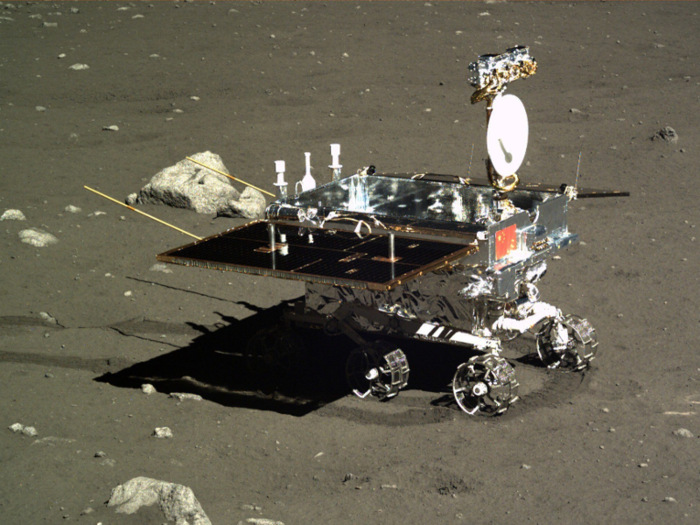
Source: Business Insider
Chang'e 4 and its rover were initially backup hardware for Chang'e 3, so China decided to use them for a riskier mission to the far side.
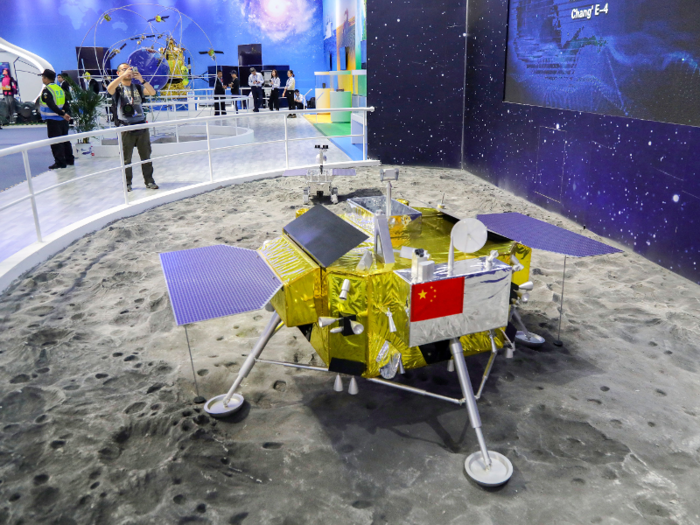
Source: Business Insider
But first China had to solve a problem: The moon blocks radio communications. When Apollo 8 astronauts flew around the moon for the first time in 1968, for example, they briefly (and expectedly) lost contact with Earth.
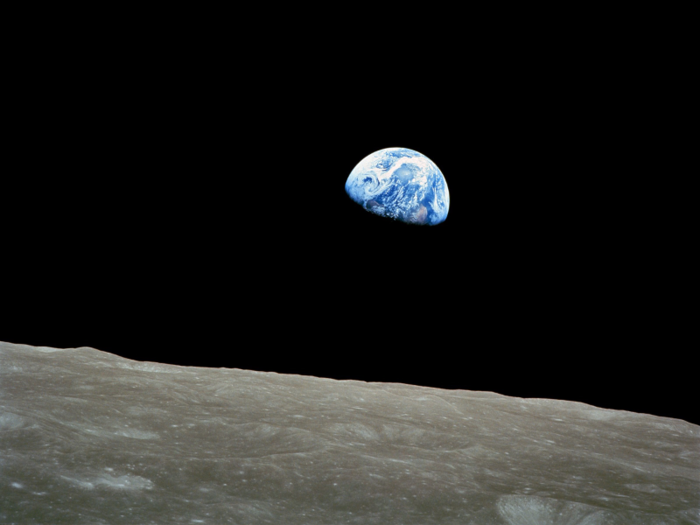
China solved the problem by launching a satellite called Queqiao or "magpie bridge" (another reference to Chinese lunar mythology) in May 2018. It "sees" the moon's far side and can relay signals to and from Earth.
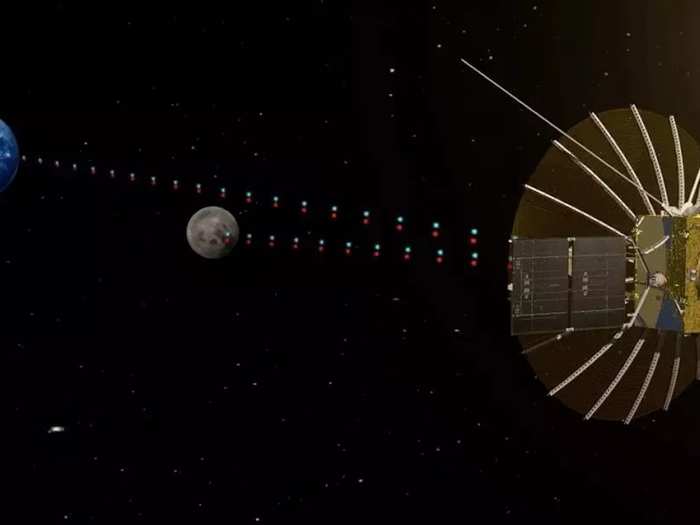
Source: Business Insider
After weeks of traveling through space, Chang'e 4 safely landed on the lunar far side and rolled out its Yutu 2 rover.
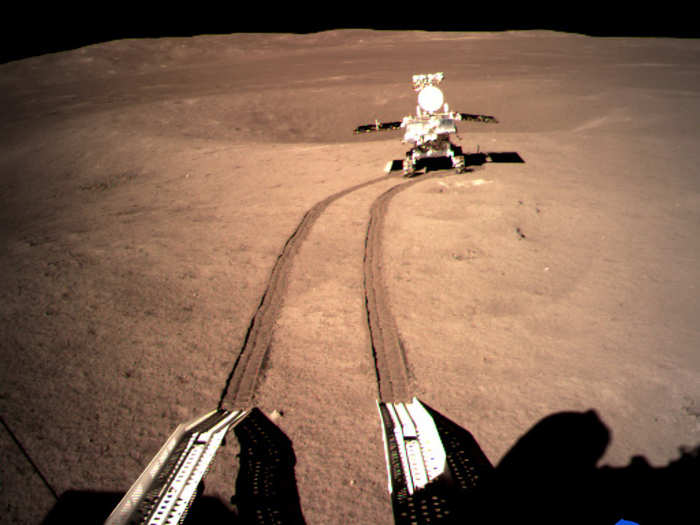
Source: Business Insider
China was not forthcoming with details about the mission's status, but lunar scientists at NASA helped pinpoint the Chang'e landing site. One researcher used images China distributed through state media to locate it.
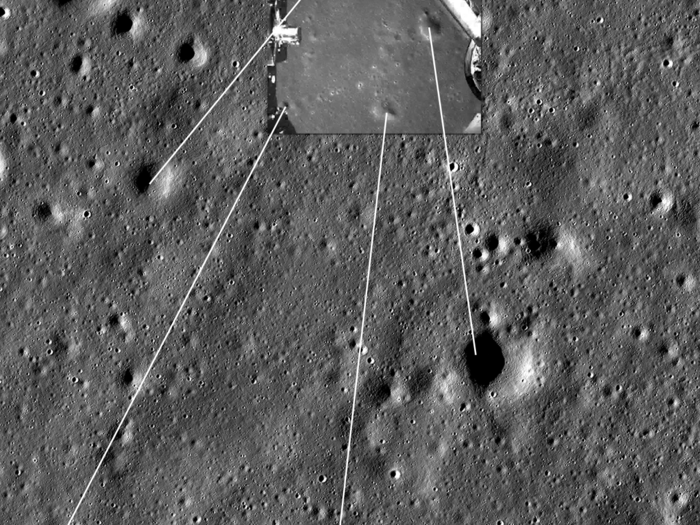
Source: Business Insider
The coordinates placed the landing zone inside a 111-mile-wide crater called Von Kármán crater.

Source: Business Insider
The crater is part of the South Pole-Aitken Basin: a 1,550-mile-wide scar made by a collision about 3.9 billion years ago. It may have pushed deeper-down geologic layers of the moon onto its surface.
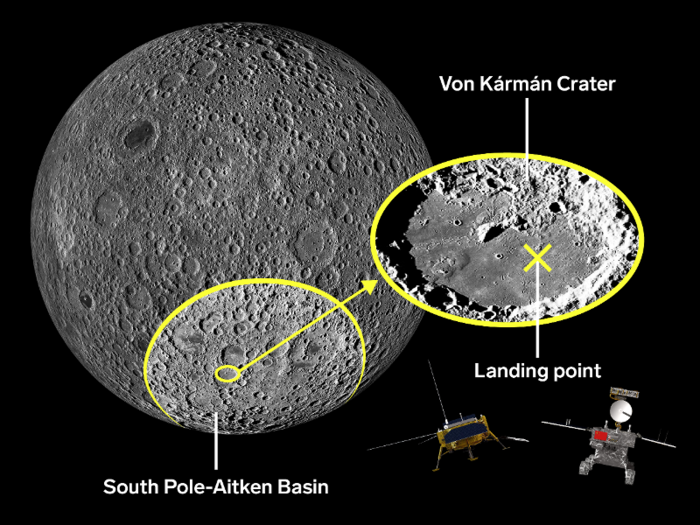
Source: Business Insider
The Yutu 2 rover, which is designed to last three months, is recording images while it rolls across the far side. It also has a ground-penetrating radar, a rock-analyzing spectroscope, and a device to study lunar water ice.
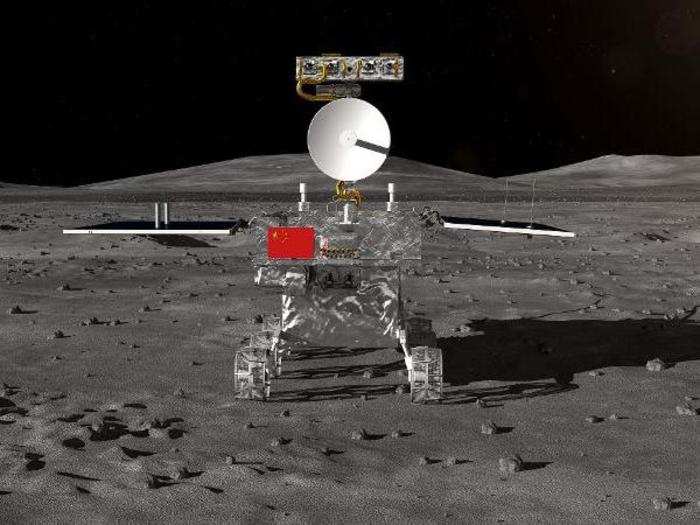
Source: Business Insider
Meanwhile, the car-size lander is recording its surroundings with cameras and will conduct a suite of other experiments.
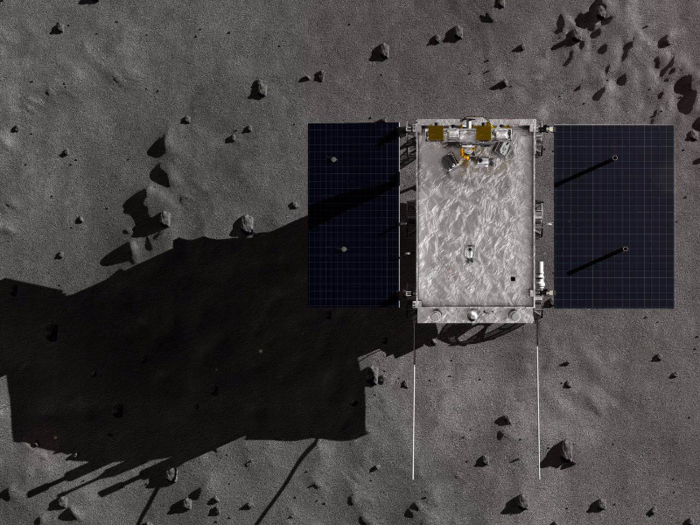
Source: Business Insider
When the 14-day-long lunar night arrives, the lander will scan the skies above for radio waves. It may have the clearest-ever radio-based view of deep space because the moon will block noisy emissions from both Earth and the sun.

Source: Business Insider
The data from the far side could help chip away at mysteries surrounding the moon's violent formation.
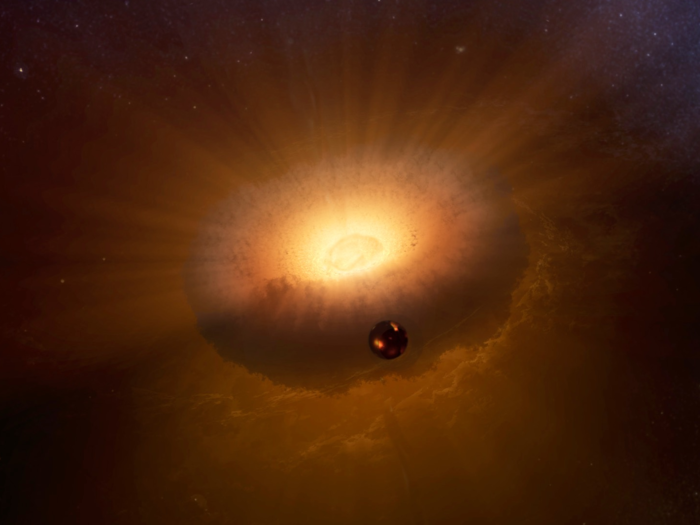
Source: Business Insider
The lander also holds a seven-inch-long aluminum container packed with potato seeds, mustard seeds, and silkworm eggs — a self-contained ecosystem experiment.

Source: Business Insider
Altogether, Chang'e 4 is a stunning achievement, especially since NASA has not soft-landed any mission on the moon's surface since December 1972. The last mission was Apollo 17.
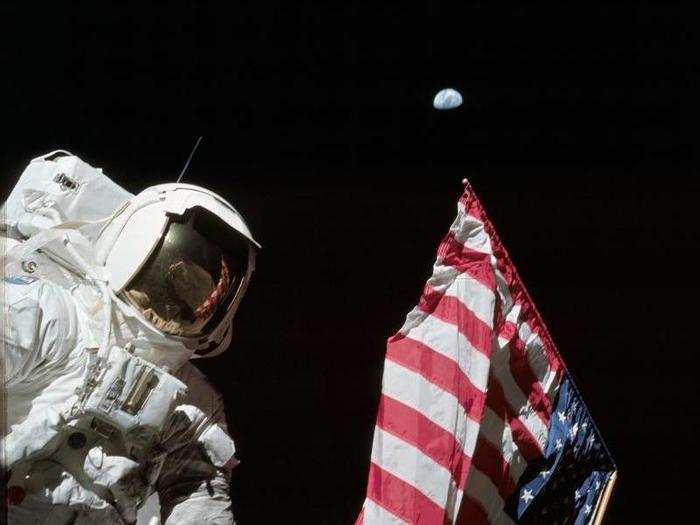
NASA is working with commercial companies to get experiments to the lunar surface, perhaps this year. It's also developing a gigantic rocket called Space Launch System to send people to the moon in the late 2020s — though the project is already behind-schedule and over-budget.
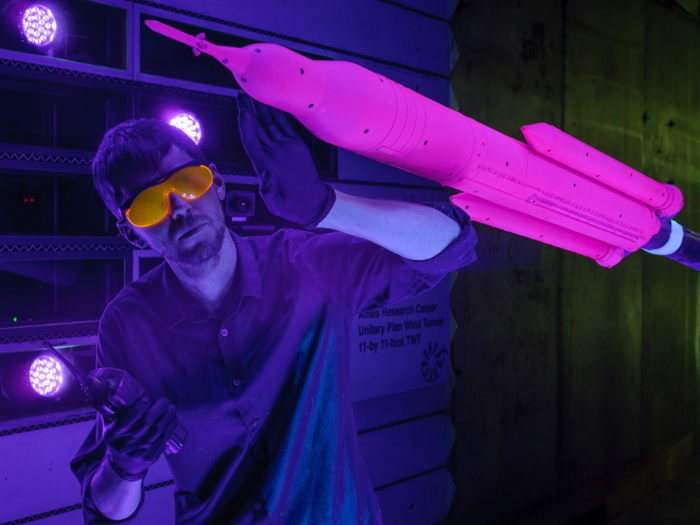
But China is not sitting idly by. Chang'e 4 is one stage in a quest to not only bring back a sample of the moon, perhaps in 2019, but also send people there.
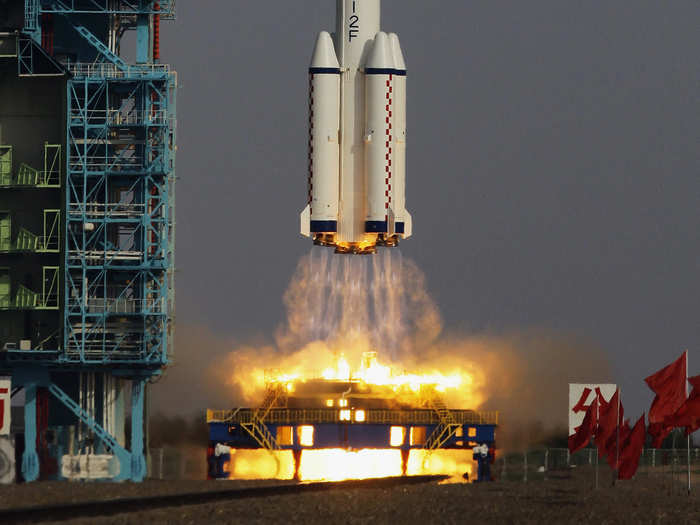
China has been catching up to the US, Europe, and Russia with its own space program. So far it has sent 11 Chinese astronauts, or taikonauts, into orbit around Earth.
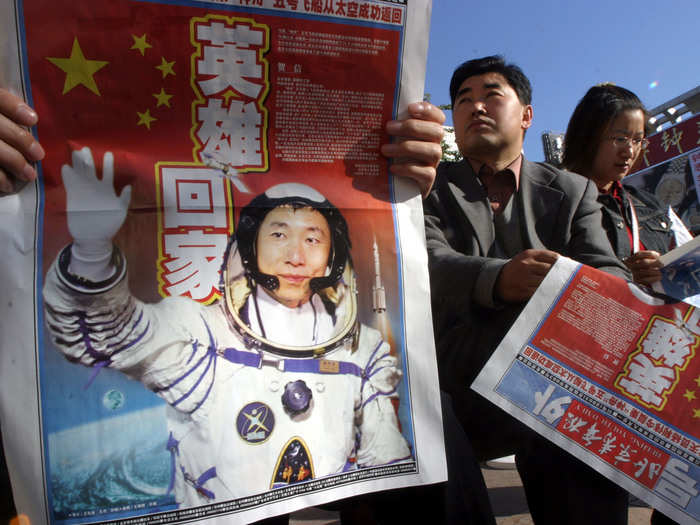
Sources: Business Insider; CNN
China is working on a spaceship, called the New Generation Manned Spacecraft, that could fly four to six people into orbit at once. It's also developing a new space station.
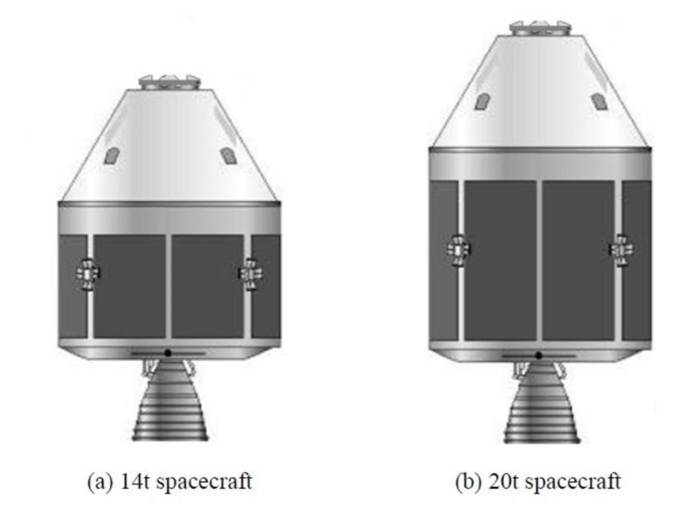
Source: Business Insider
The country's ultimate goal with its Chang'e moon program is to land people there and establish a permanent base. "Odds of the next voice transmission from the moon being in Mandarin are high," Joan Johnson-Freese, who studies the Chinese space program at the US Naval War College, told CNN.
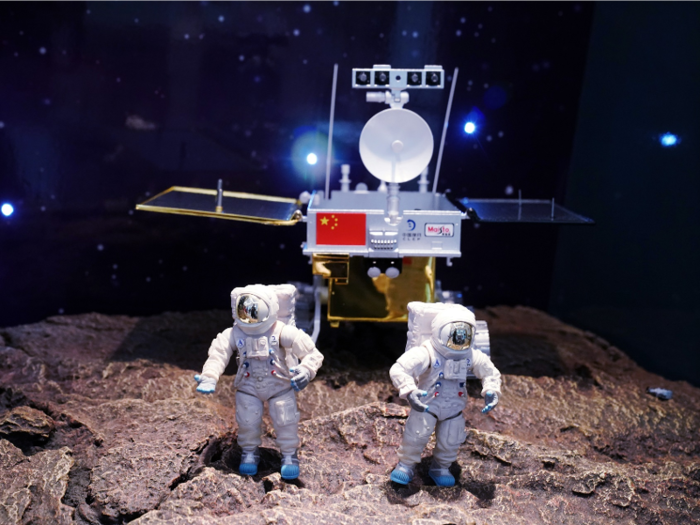
Source: Business Insider
China is hoping to land a crew in the early 2030s, if not sooner, and the stakes are incredibly high. In addition to slam-dunking US achievements in spaceflight, there may be hundreds of billions of tons of water ice at the moon's poles.

Source: Business Insider
That water ice could be harvested by China with the help of taikonauts and mining robots, then split into hydrogen and oxygen — fuel and oxidizer for rockets.
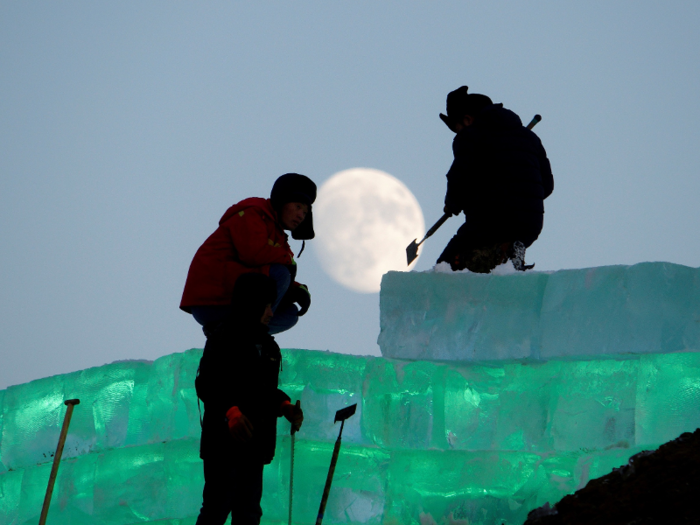
Source: Business Insider
China is already exploring how to sustain itself on the moon with its Lunar Palace program on Earth. Some experiments have already locked Chinese students inside for hundreds of days to see if they could survive in a self-contained environment.
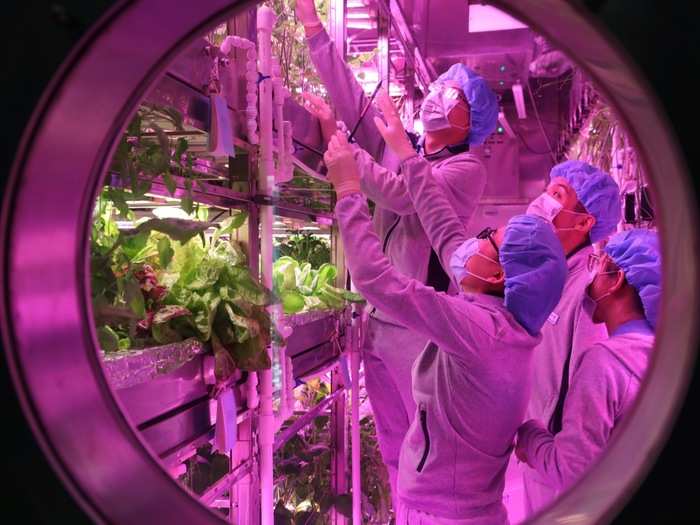
Source: Reuters; Business Insider
NASA does not have any comparable life-support experiment, and has no plans to begin one. Meanwhile, China is outpacing the US in education of its people in the fields of science, technology, engineering, and mathematics (STEM).
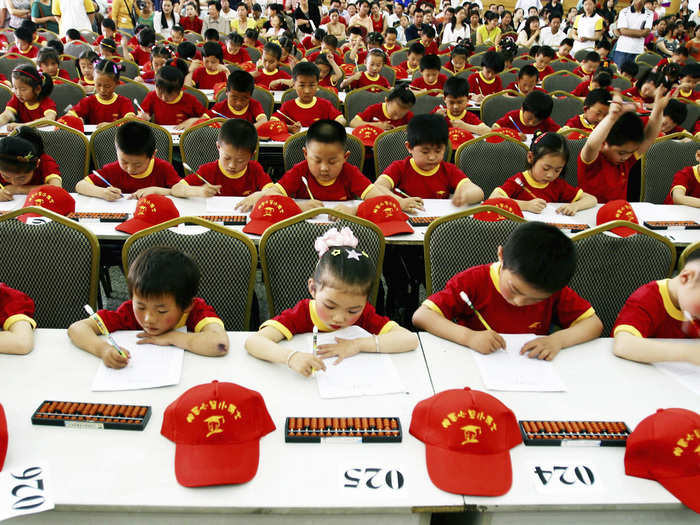
For decades, China has awarded more college degrees in STEM than the US, and in recent years more than four times as many. Having an army of skilled researchers has made the Chang'e moon program possible.
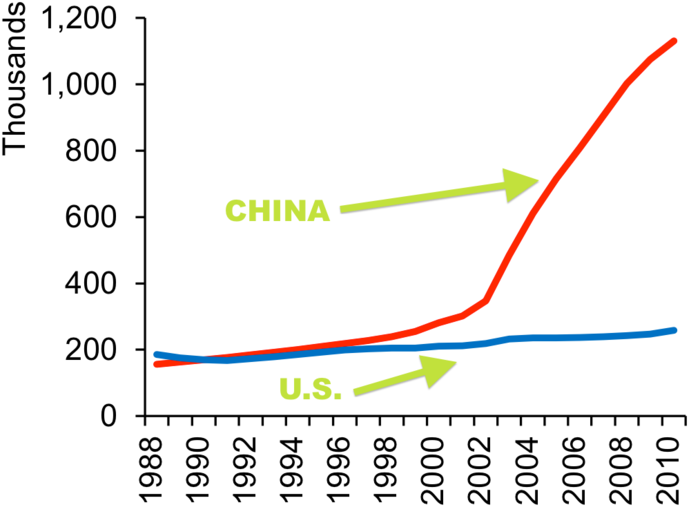
Source: Business Insider
Part of the reason the US has lagged behind is because college degrees have become more expensive. Americans also don't believe enough federal funding is being spent on education generally.

Source: Business Insider
As a result, the disparities between the US and China — and the latter nation's advantage — are increasing not just in space exploration, but elsewhere as well.

Source: Business Insider
While US investment and progress in energy falters, China is using its rapidly maturing and expanding brain trust to develop next-generation fusion and nuclear reactor technologies.
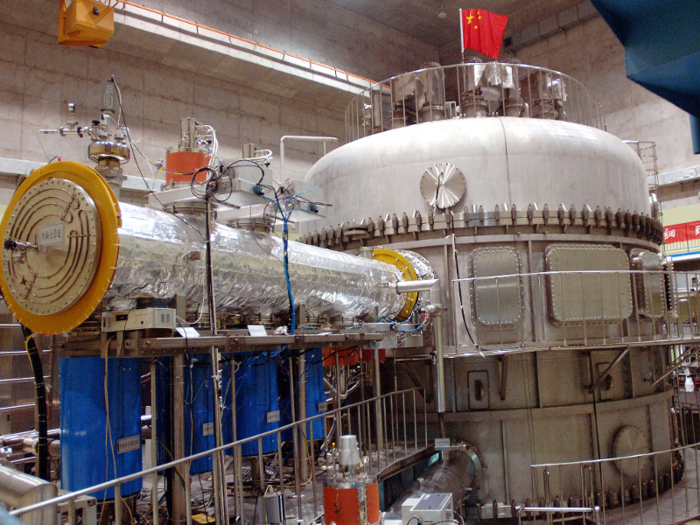
China has even launched a quantum satellite into space that physicists say is "profound" and could help lead to a super-secure, super-fast quantum internet system for the nation.
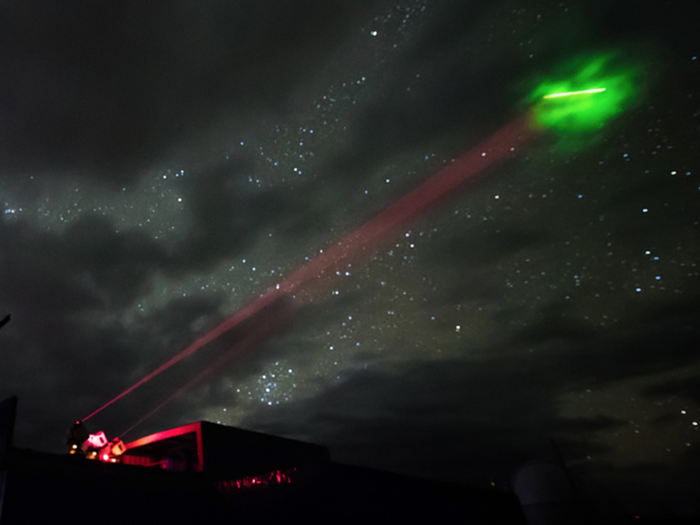
Source: Business Insider
China has even roped high schoolers into developing artificial intelligence technologies for its military.
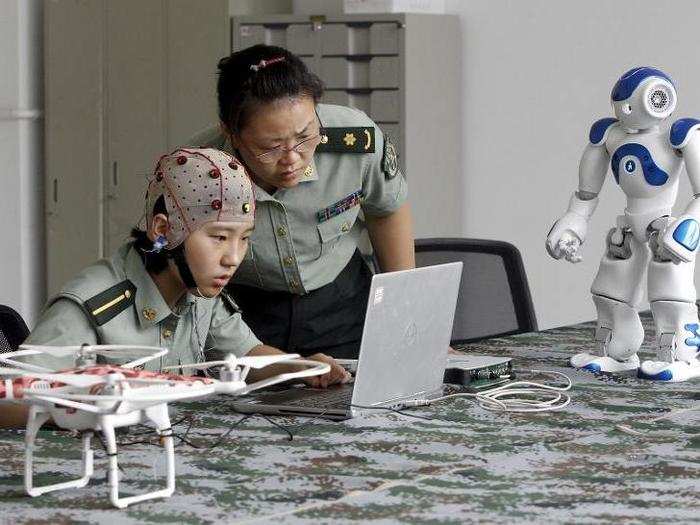
Source: South China Morning Post
January's far-side moon landing might seem esoteric, but it's just one recent example of China's success in boosting its scientific, technological, educational, and economic standing in the world — one that might, as Scott Kelly warned, soon leave the US behind.
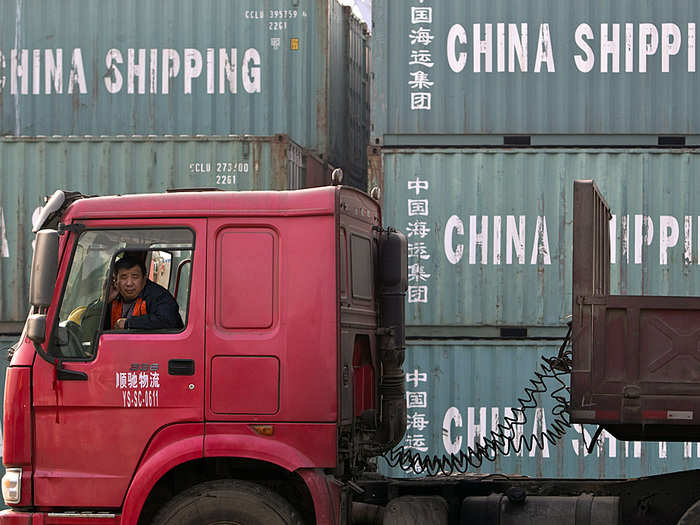
Source: Reuters
Popular Right Now
Popular Keywords
Advertisement
